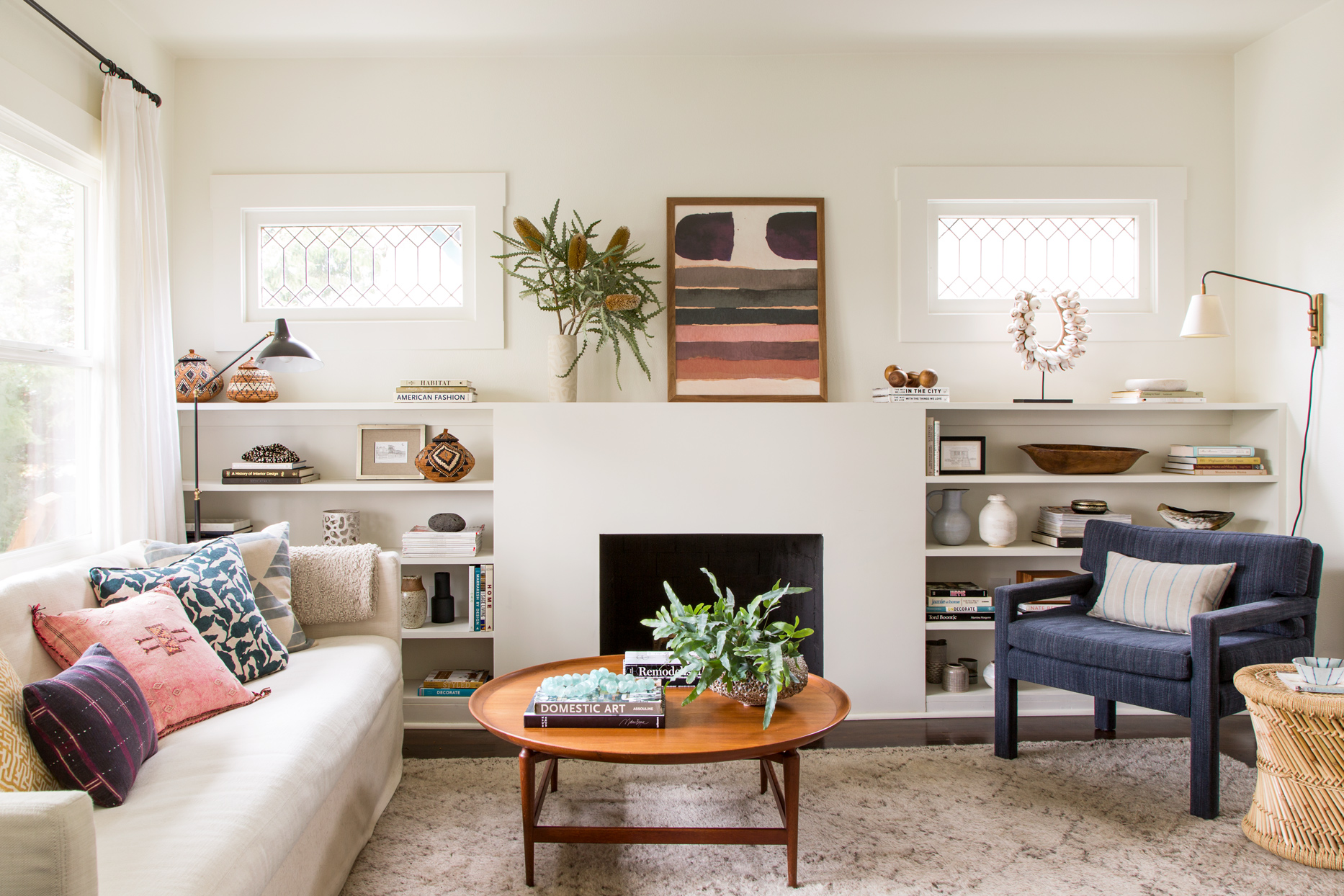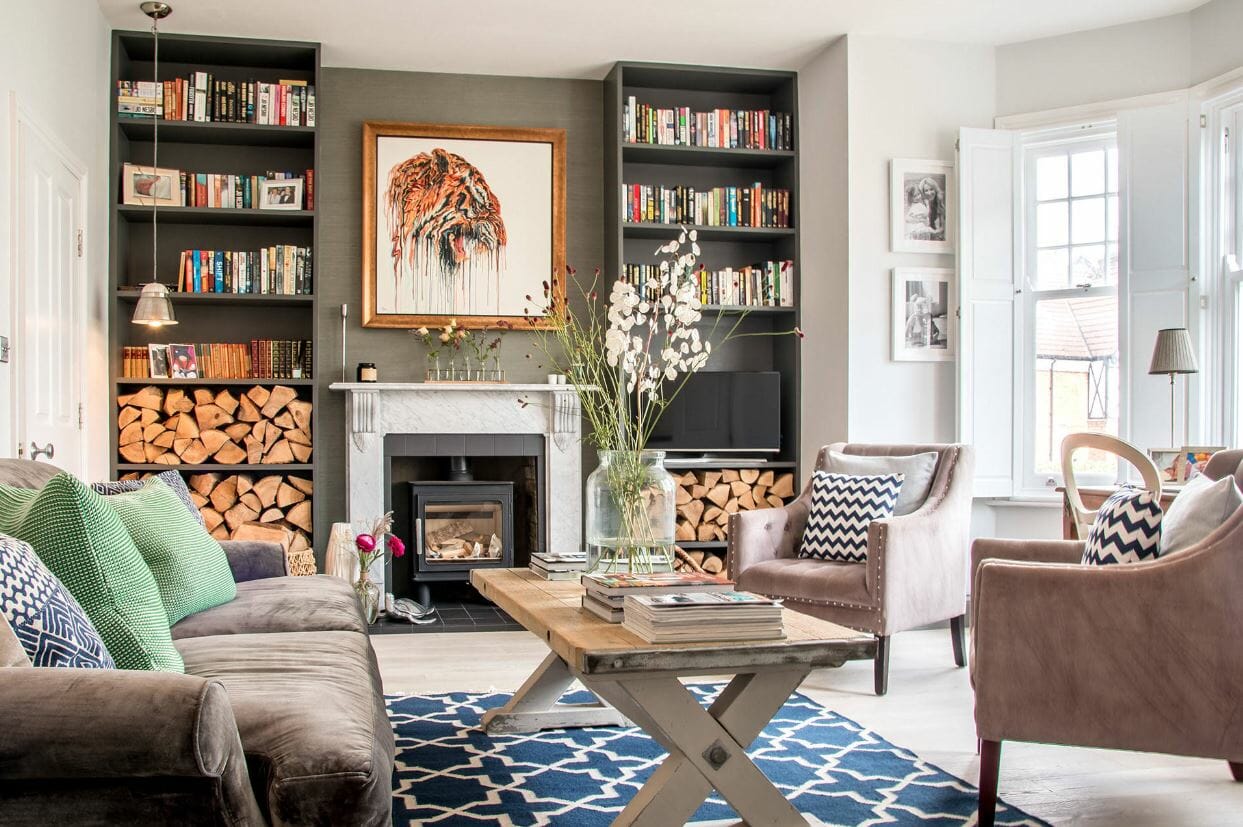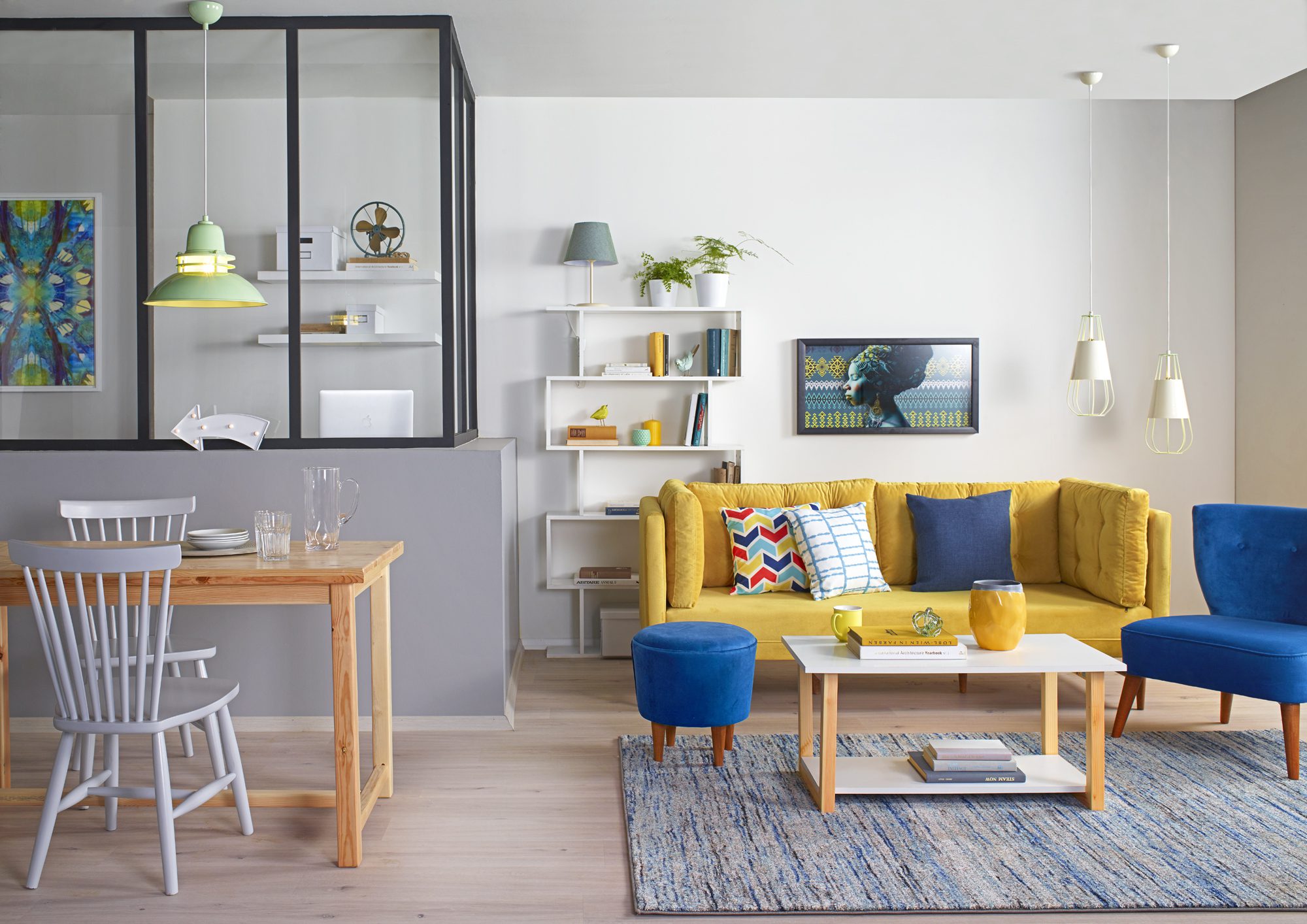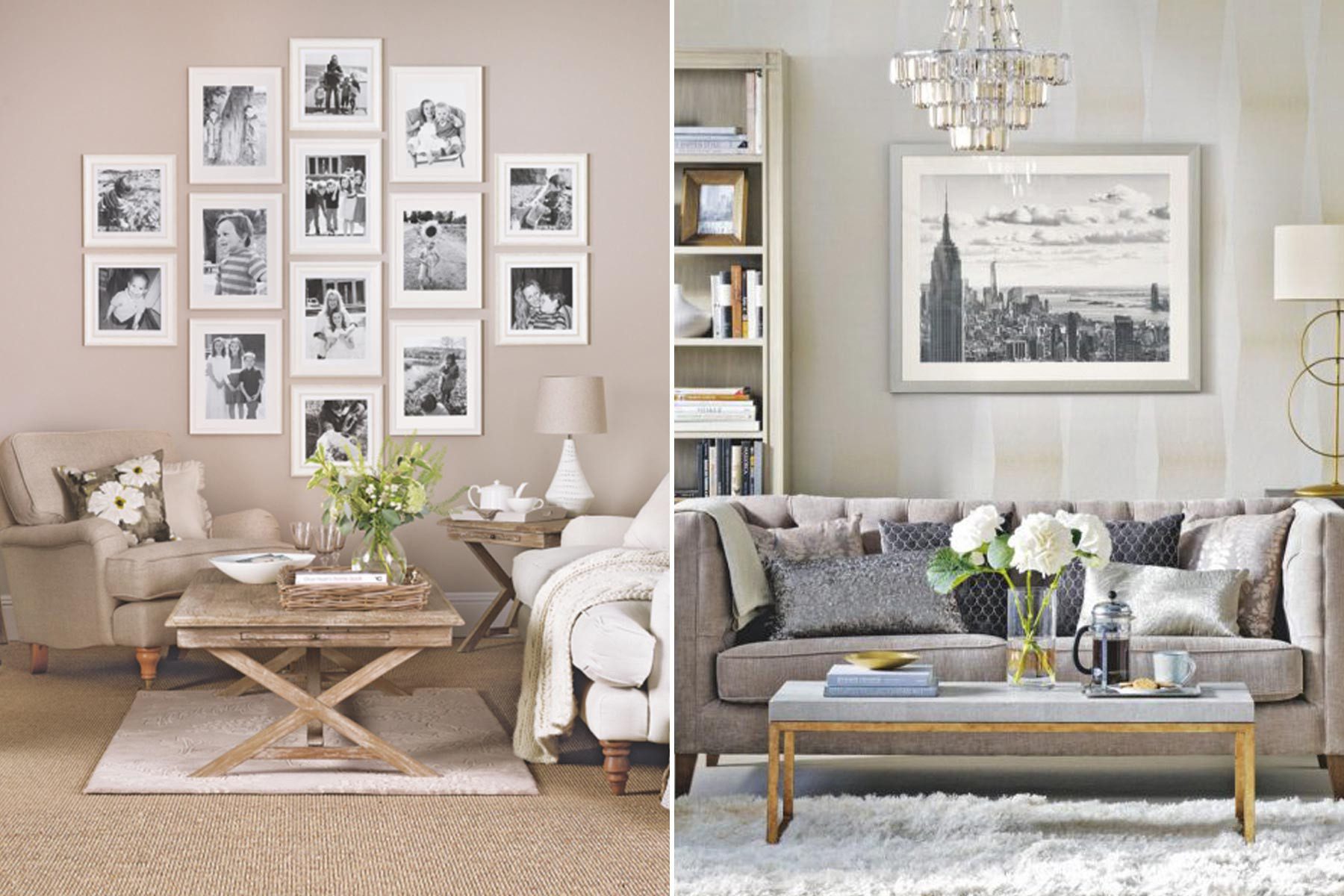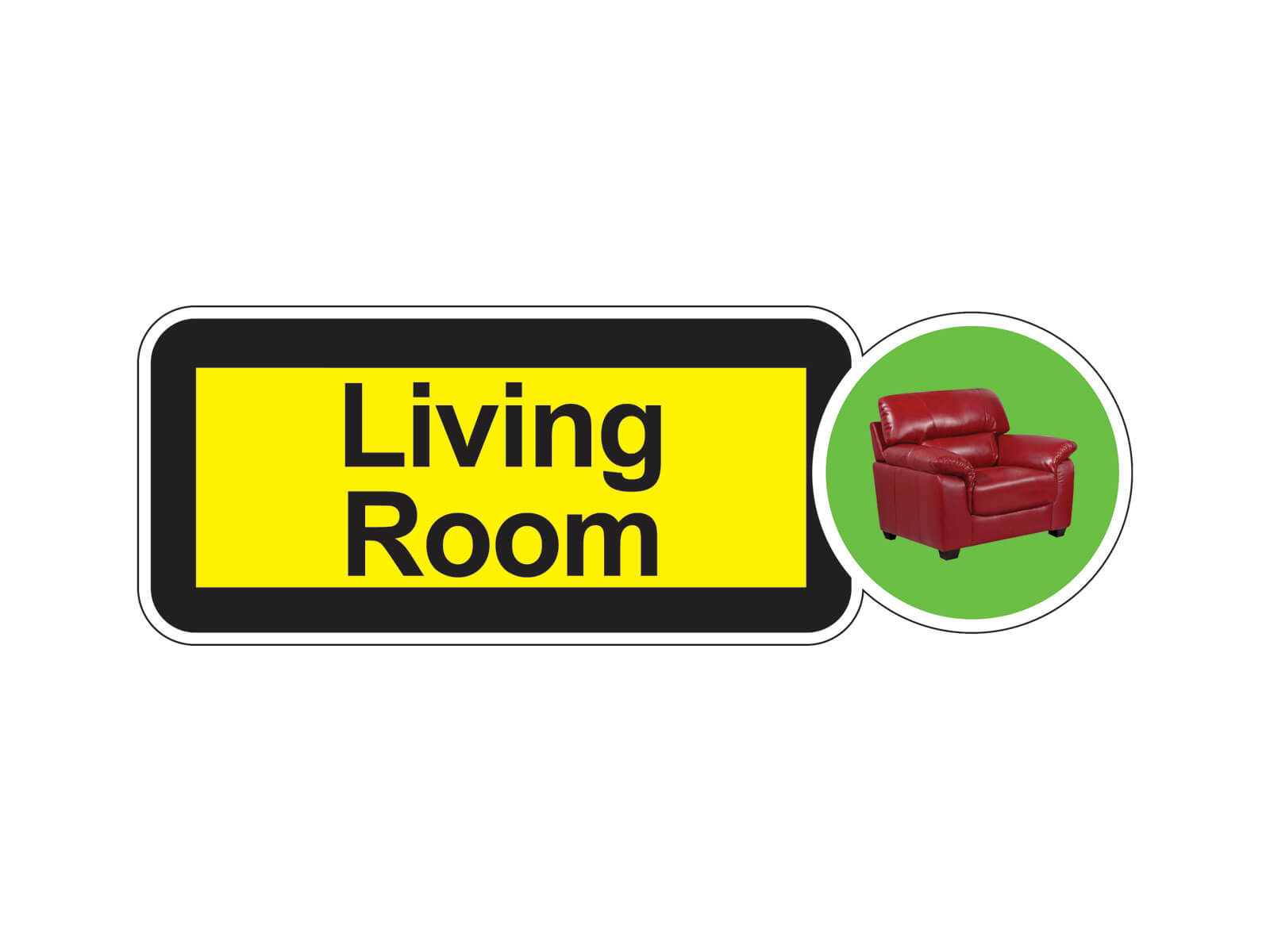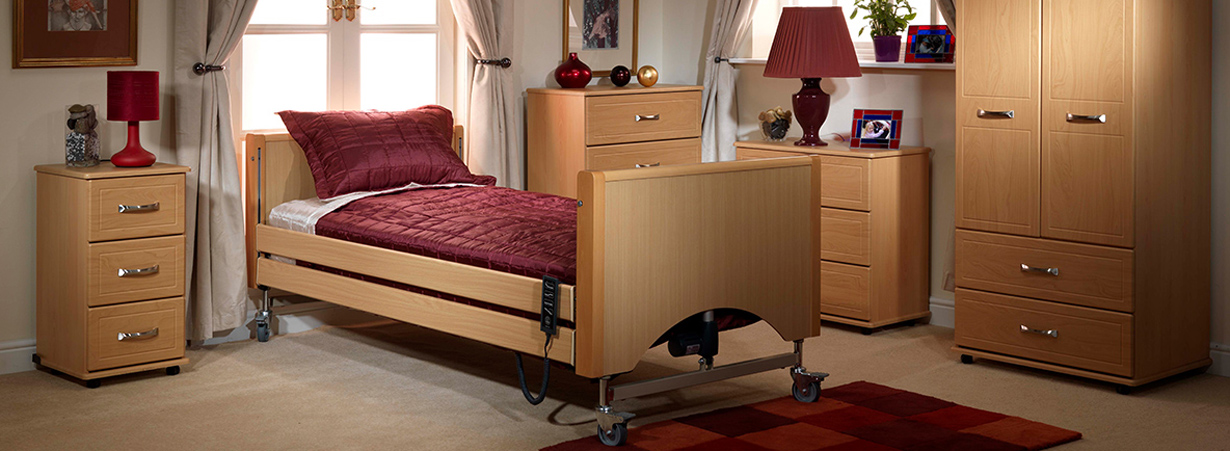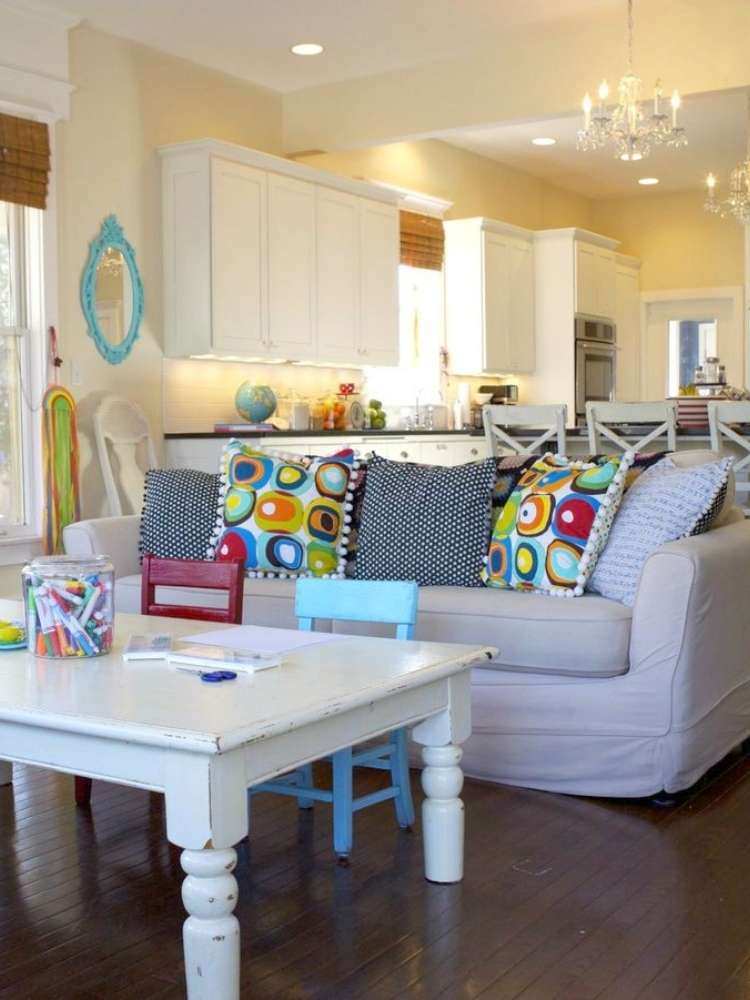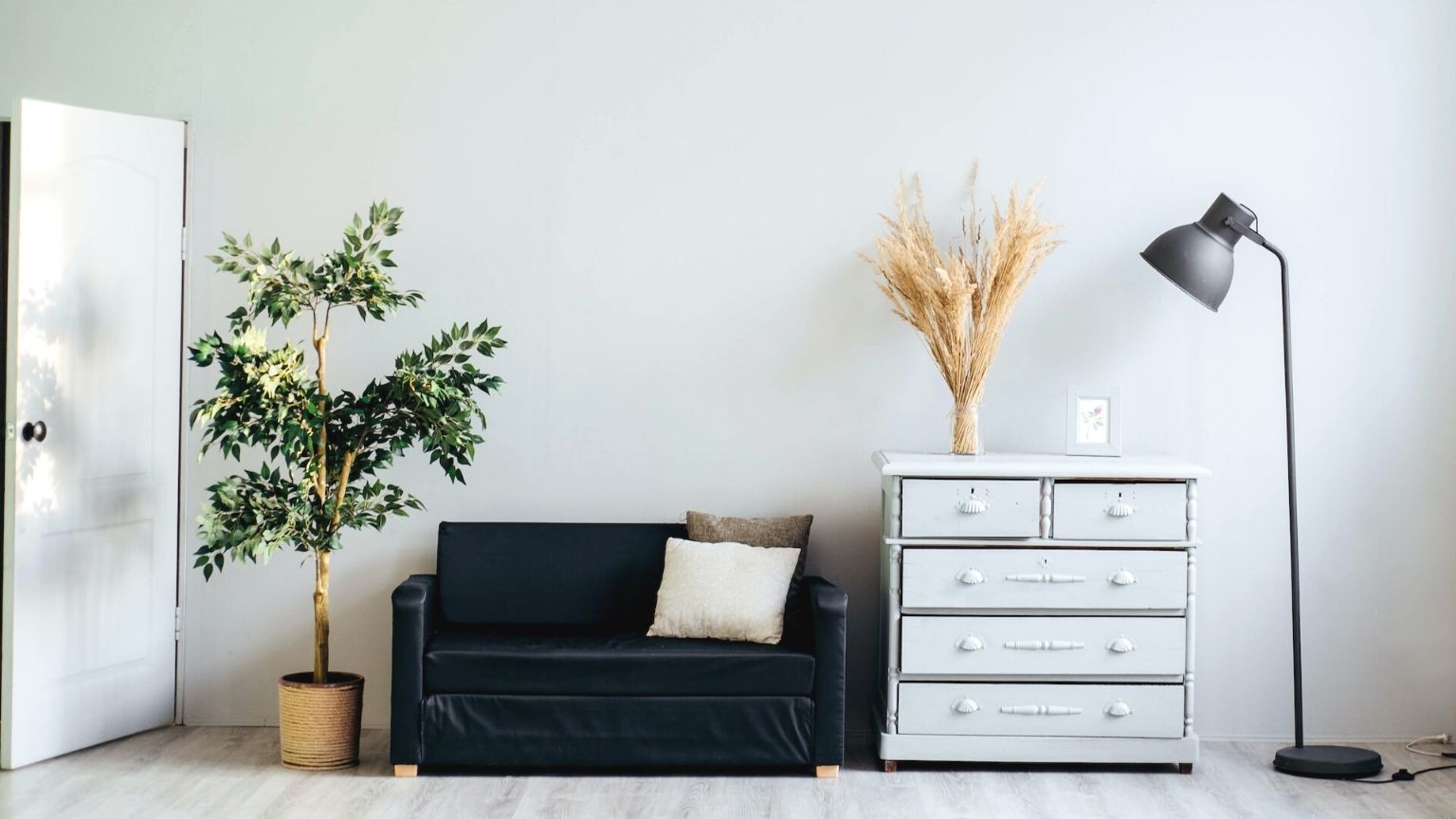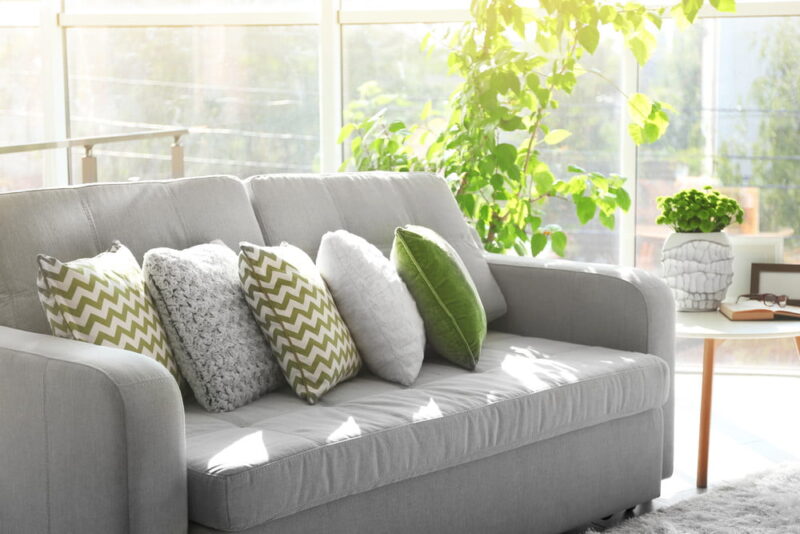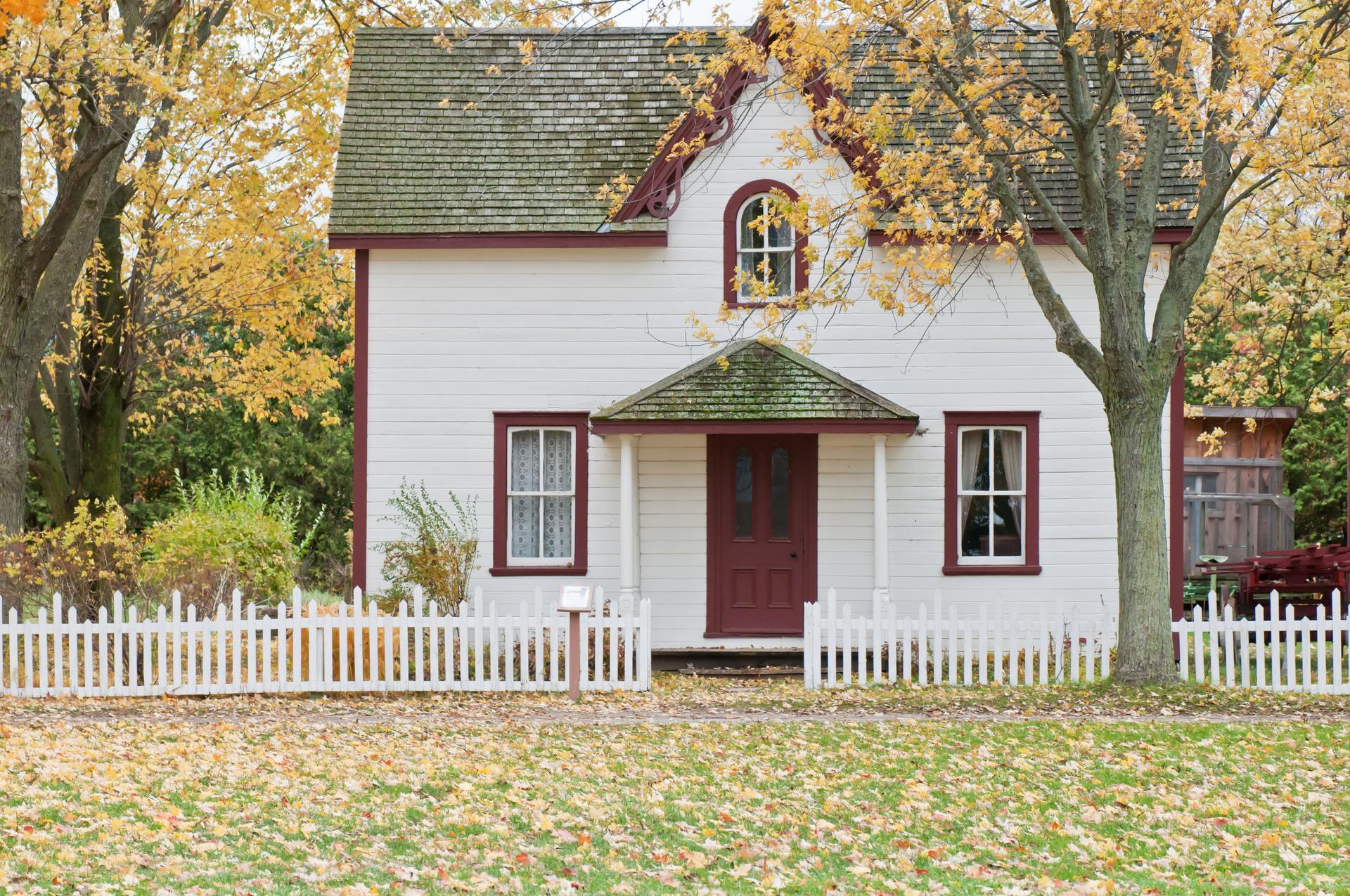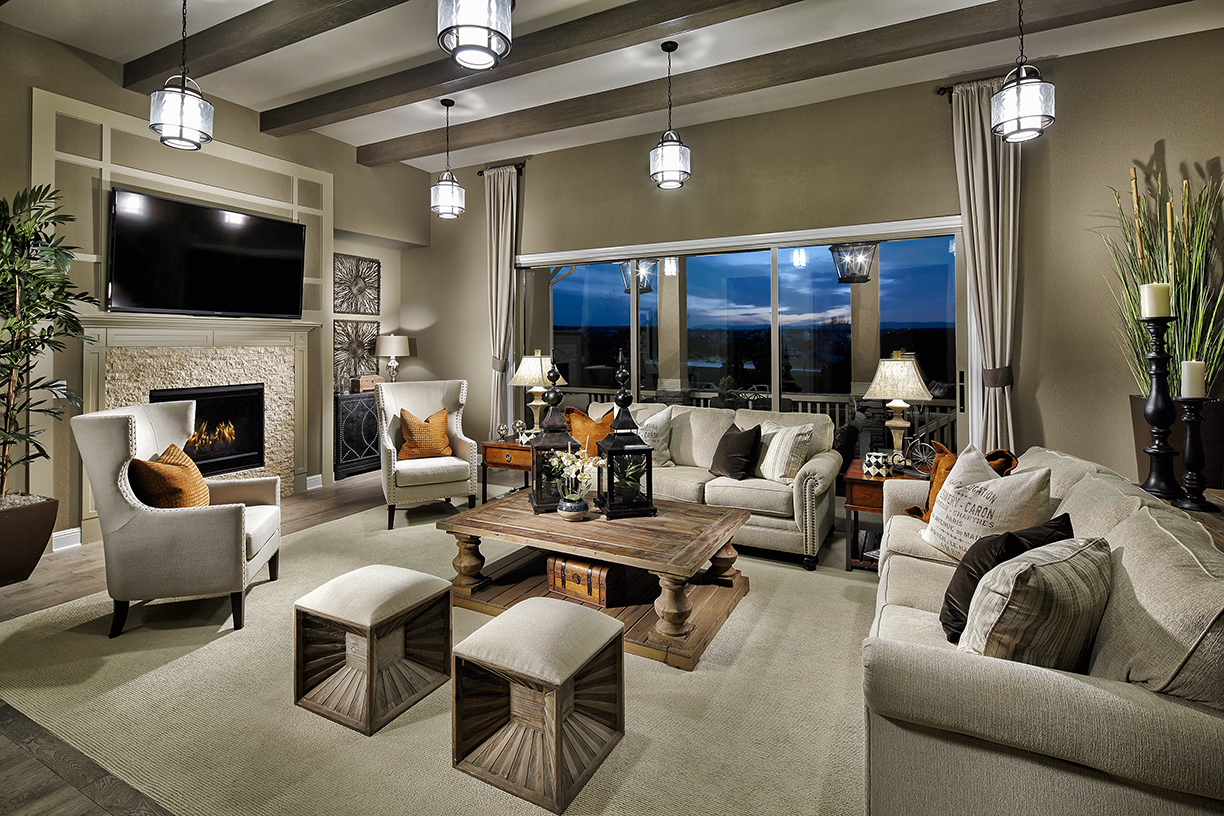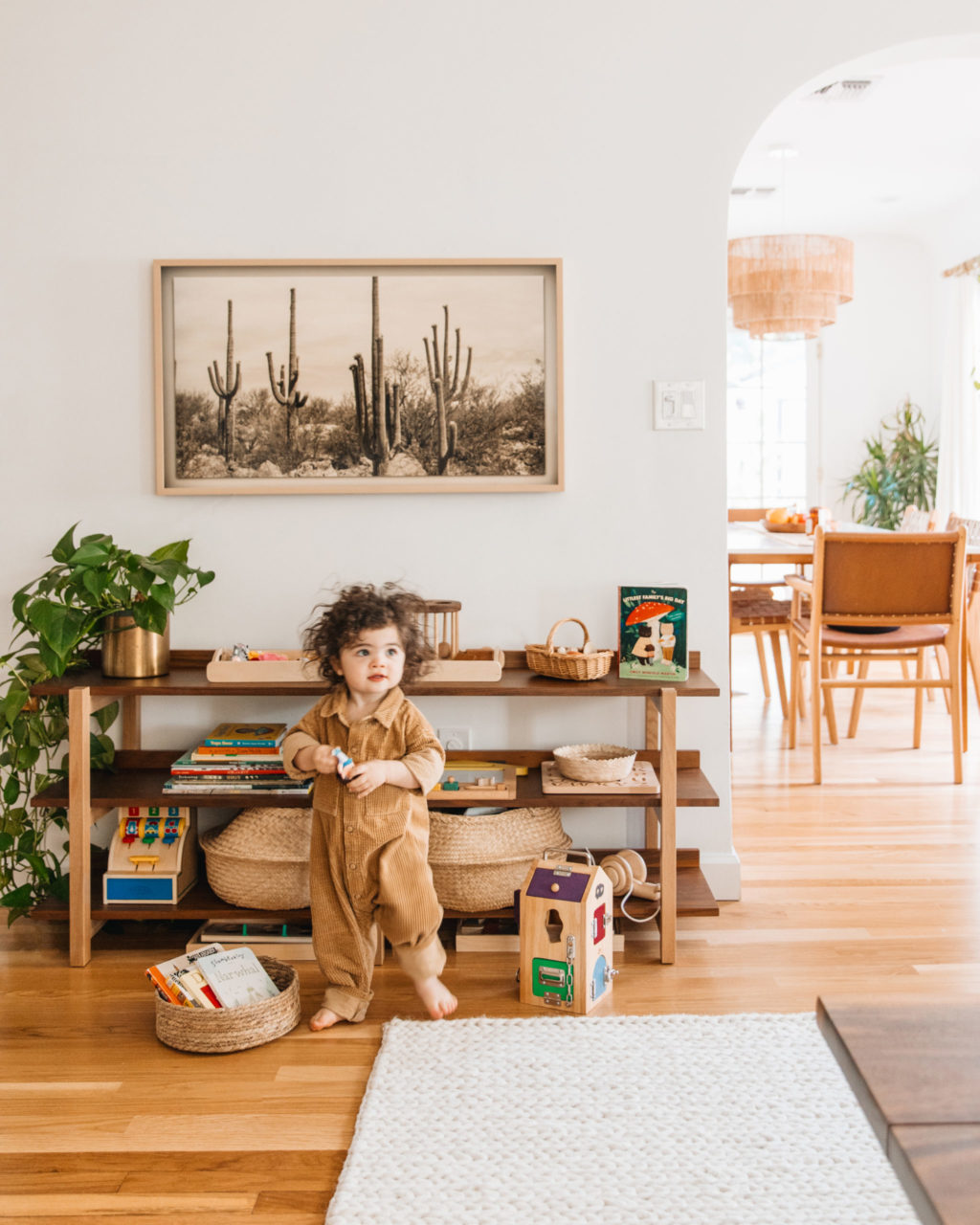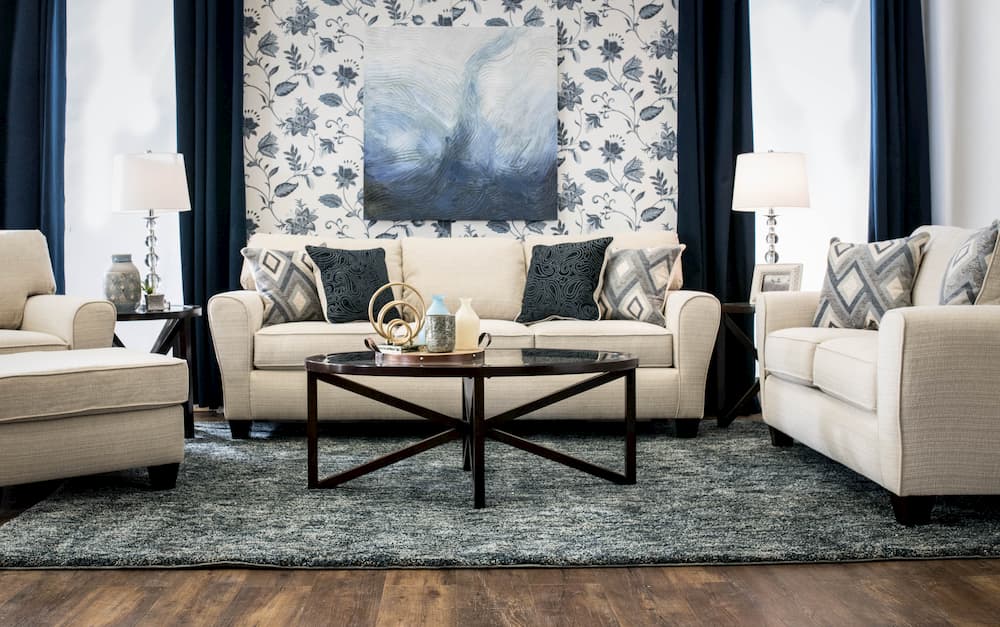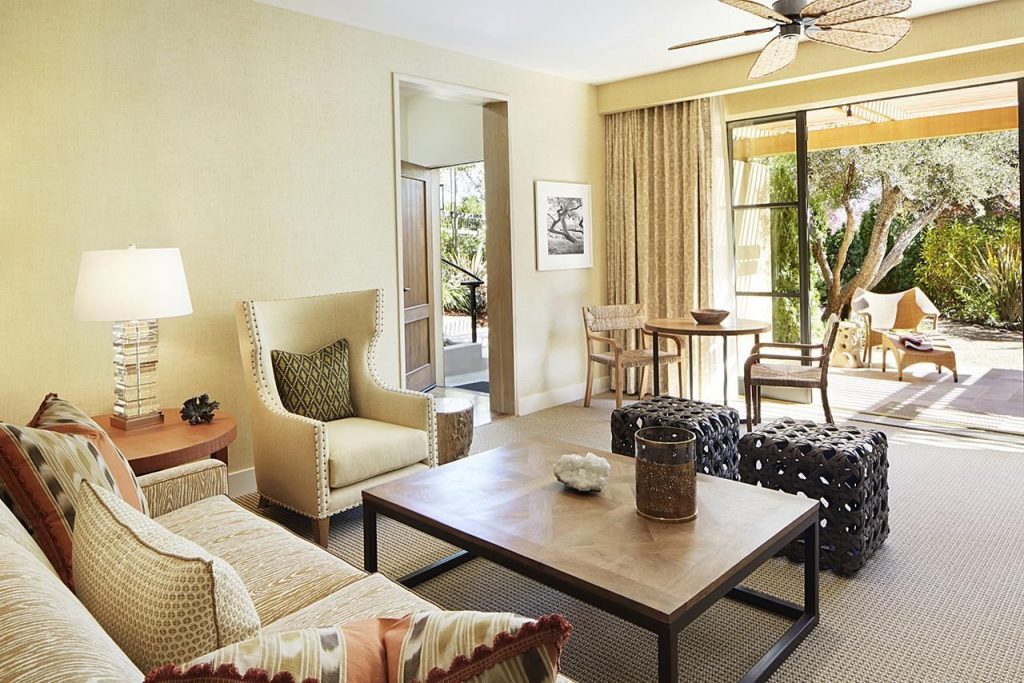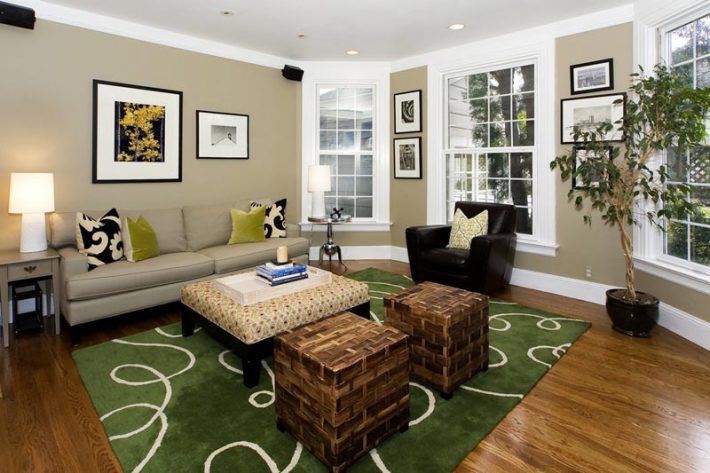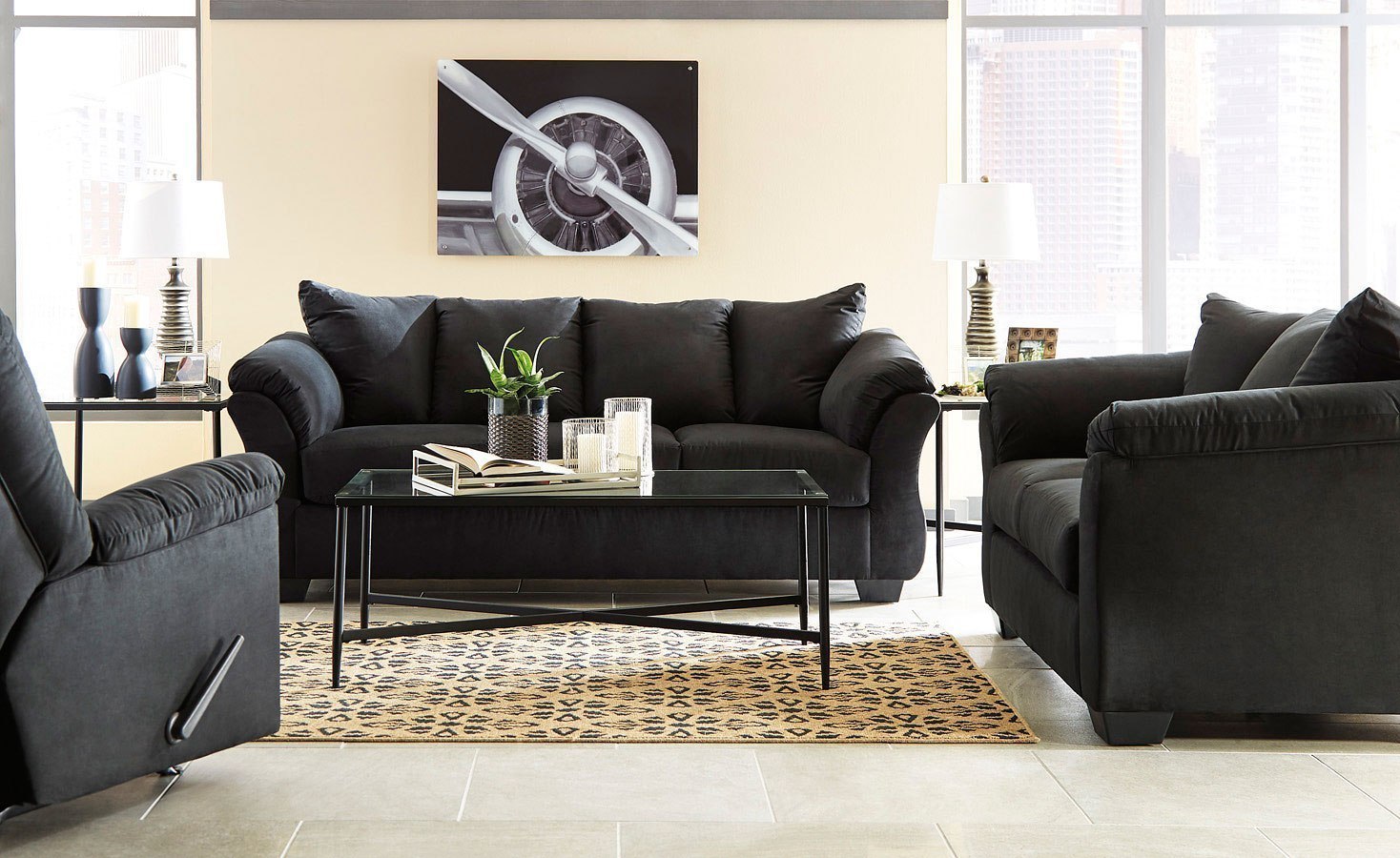Living with dementia can be challenging, but creating a dementia-friendly living room can make a world of difference for both the patient and their caregivers. A well-designed living room can provide comfort, safety, and a sense of familiarity for those with dementia. Here are some tips for designing a living room that is both functional and supportive for dementia patients. 1. Dementia-friendly living room design
Safety is a top priority when designing a living room for someone with dementia. It's important to remove any potential hazards and create a clutter-free space. This means removing loose rugs, cords, and furniture that may obstruct pathways. It's also essential to secure any sharp edges and corners on furniture to prevent accidents. 2. Creating a safe living room for dementia patients
Decorating a living room for someone with dementia can be challenging, as their needs and preferences may change over time. It's important to keep the decor simple and avoid too many patterns or busy designs. Opt for calming colors and incorporate familiar elements, such as family photos or favorite objects, to create a sense of comfort and familiarity. 3. How to decorate a living room for someone with dementia
As dementia progresses, the needs of the patient may change, and their living room may need to be adapted accordingly. This could include installing grab bars for added support, using non-slip flooring, and adding extra lighting to improve visibility. It's important to regularly reassess the living room and make necessary changes to ensure a safe and comfortable environment. 4. Adapting the living room for dementia care
People with dementia can become easily overwhelmed by stimuli, so designing a calming living room is crucial. Consider incorporating soft lighting, comfortable furniture, and calming scents to create a peaceful atmosphere. Avoid loud or jarring colors and opt for natural materials and textures to create a soothing environment. 5. Designing a calming living room for dementia patients
In addition to safety and simplicity, there are other elements to consider when designing a living room for someone with dementia. These include creating a clear layout with easily recognizable furniture, using contrasting colors to help with depth perception, and avoiding reflective surfaces that may cause confusion. 6. Tips for making a dementia-friendly living room
Proper lighting is crucial in a dementia-friendly living room. It can help with visibility, create a sense of calm, and also regulate the body's natural sleep-wake cycle. Natural light is the best option, but if that's not possible, opt for soft, warm lighting that mimics natural light. Avoid harsh overhead lighting and instead use a mix of floor and table lamps for a more comfortable ambiance. 7. The importance of lighting in a dementia-friendly living room
Comfort and safety should be the top priorities when choosing furniture for a dementia-friendly living room. Opt for sturdy, easy-to-clean pieces with rounded edges and avoid furniture with intricate designs or sharp corners. It's also important to choose furniture that is the right height and size for the individual's needs and allows for easy movement around the room. 8. Choosing furniture for a dementia-friendly living room
Dementia can cause confusion and disorientation, so creating a familiar and comfortable living room can help alleviate these feelings. Incorporate familiar objects, such as family photos or favorite pieces of furniture, to create a sense of familiarity and comfort. It's also important to keep the living room clutter-free and organized to reduce confusion and anxiety. 9. Creating a familiar and comfortable living room for dementia patients
Memory aids can be helpful in a dementia-friendly living room. These can include labels on drawers and cabinets, reminders of daily routines, and a visible calendar or clock. Memory aids can help individuals with dementia maintain a sense of independence and also serve as helpful reminders for caregivers. In conclusion, designing a living room for someone with dementia requires careful consideration, but it can greatly improve their quality of life. By creating a safe, calming, and familiar space, individuals with dementia can feel more comfortable and supported in their own home. Remember to regularly reassess and make necessary changes as the disease progresses to ensure the living room remains a safe and comfortable environment. 10. Incorporating memory aids in a dementia-friendly living room
The Importance of a Dementia-Friendly Living Room
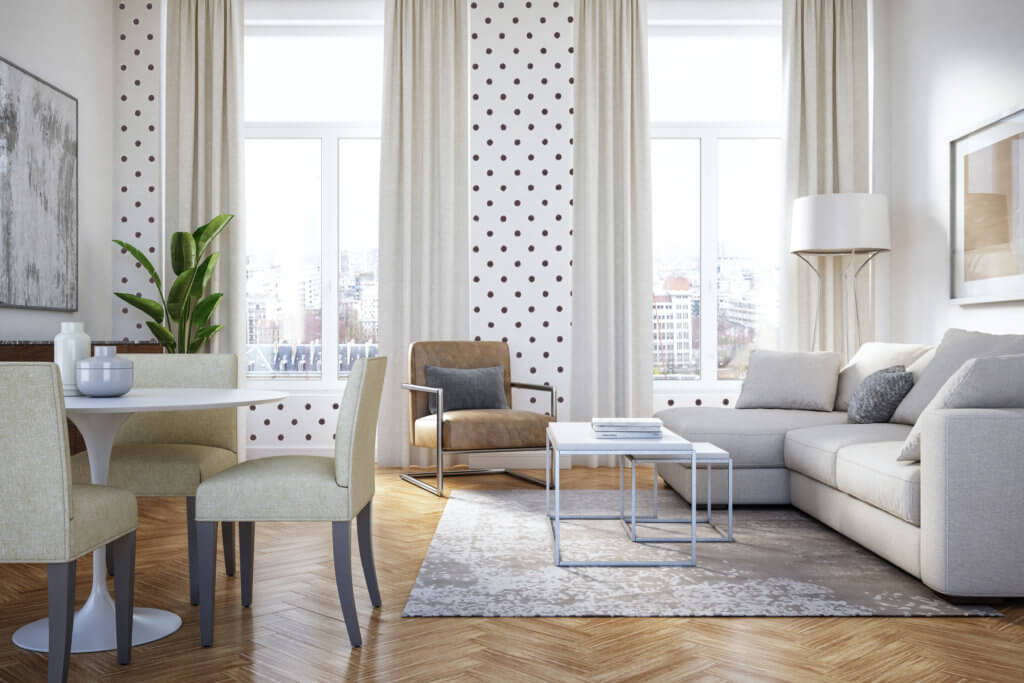
The Impact of Environment on Dementia Patients
 Living with dementia comes with its own set of challenges, and one of the most crucial aspects to consider is the living environment. As the disease progresses, individuals with dementia may become disoriented and have difficulty recognizing their surroundings. This can lead to feelings of confusion, frustration, and even fear. As a result, creating a dementia-friendly living room is essential in providing a safe and comfortable space for those living with dementia.
Living with dementia comes with its own set of challenges, and one of the most crucial aspects to consider is the living environment. As the disease progresses, individuals with dementia may become disoriented and have difficulty recognizing their surroundings. This can lead to feelings of confusion, frustration, and even fear. As a result, creating a dementia-friendly living room is essential in providing a safe and comfortable space for those living with dementia.
The Role of Design in Creating a Dementia-Friendly Living Room
 The design of a living room can greatly impact the well-being of a person with dementia. It is essential to create a space that is easy to navigate and has a calming and soothing atmosphere. This can be achieved through the use of color, lighting, and furniture placement.
Neutral and muted colors
are recommended as they can help reduce confusion and agitation. Adequate lighting is also crucial as it can help prevent shadows or glare, which can be disorienting for those with dementia.
Furniture placement should also be carefully considered.
Simplicity and functionality
should be the main focus when choosing furniture for a dementia-friendly living room. Avoid clutter and unnecessary decorations, which can be overwhelming and confusing. It is also recommended to have clear pathways and avoid sharp corners or obstacles that may pose a safety hazard.
The design of a living room can greatly impact the well-being of a person with dementia. It is essential to create a space that is easy to navigate and has a calming and soothing atmosphere. This can be achieved through the use of color, lighting, and furniture placement.
Neutral and muted colors
are recommended as they can help reduce confusion and agitation. Adequate lighting is also crucial as it can help prevent shadows or glare, which can be disorienting for those with dementia.
Furniture placement should also be carefully considered.
Simplicity and functionality
should be the main focus when choosing furniture for a dementia-friendly living room. Avoid clutter and unnecessary decorations, which can be overwhelming and confusing. It is also recommended to have clear pathways and avoid sharp corners or obstacles that may pose a safety hazard.
The Essential Elements of a Dementia-Friendly Living Room
 Aside from the design, there are other
essential elements
that should be incorporated in a dementia-friendly living room. These include safety features such as handrails, non-slip flooring, and secure windows and doors. These features can help prevent accidents and provide peace of mind to both the person with dementia and their caregivers.
Another important aspect is
personalization
. People with dementia may have difficulty remembering their own belongings, and having familiar items in their living room can provide a sense of comfort and familiarity. This can include family photos, treasured mementos, or favorite books or movies.
Aside from the design, there are other
essential elements
that should be incorporated in a dementia-friendly living room. These include safety features such as handrails, non-slip flooring, and secure windows and doors. These features can help prevent accidents and provide peace of mind to both the person with dementia and their caregivers.
Another important aspect is
personalization
. People with dementia may have difficulty remembering their own belongings, and having familiar items in their living room can provide a sense of comfort and familiarity. This can include family photos, treasured mementos, or favorite books or movies.
In Conclusion
 In conclusion, a dementia-friendly living room is crucial in providing a safe and comfortable environment for those living with dementia. By incorporating design elements such as neutral colors, adequate lighting, and functional furniture, as well as essential features and personalization, we can create a space that promotes well-being and improves the quality of life for individuals with dementia.
In conclusion, a dementia-friendly living room is crucial in providing a safe and comfortable environment for those living with dementia. By incorporating design elements such as neutral colors, adequate lighting, and functional furniture, as well as essential features and personalization, we can create a space that promotes well-being and improves the quality of life for individuals with dementia.

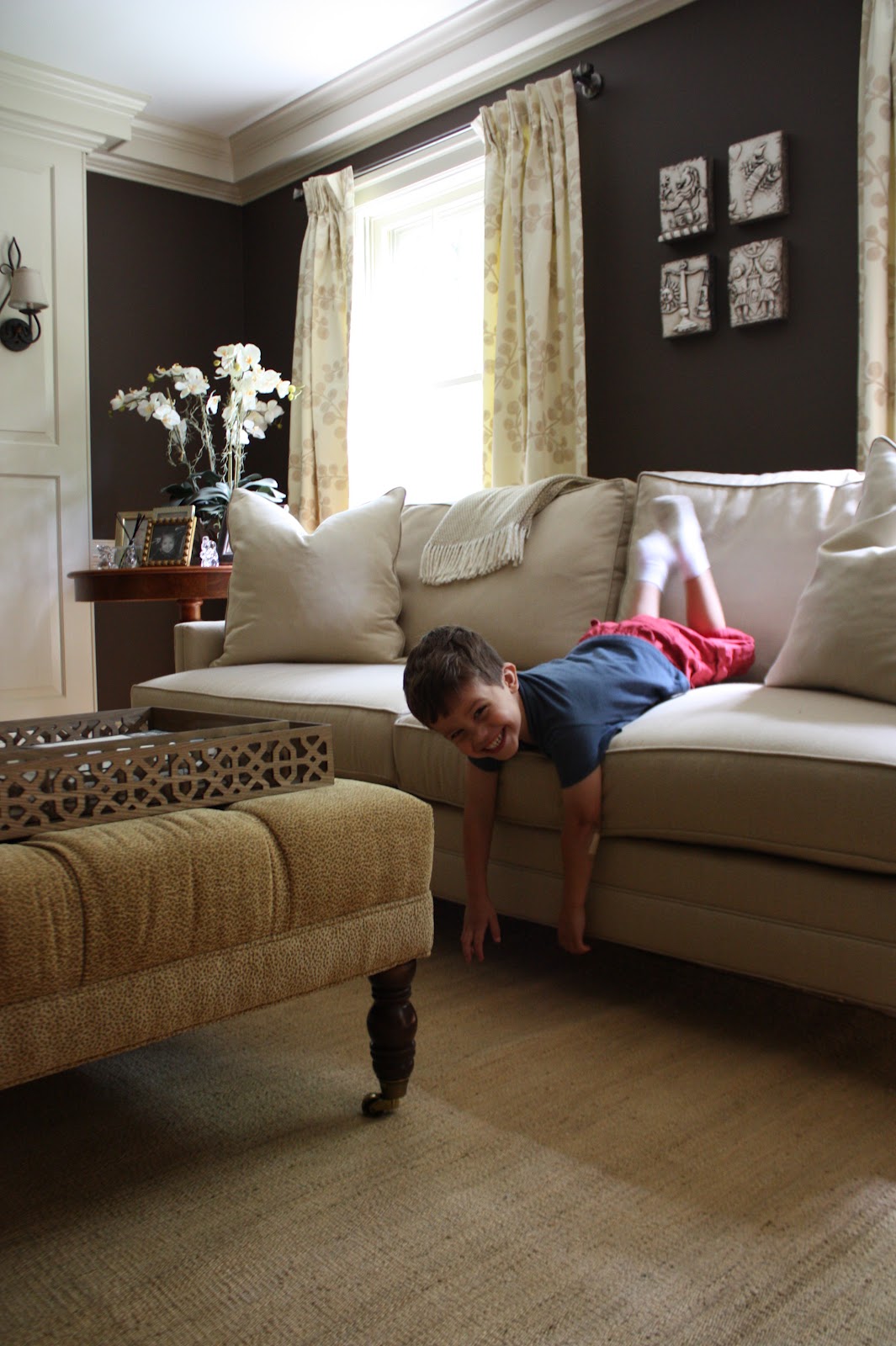



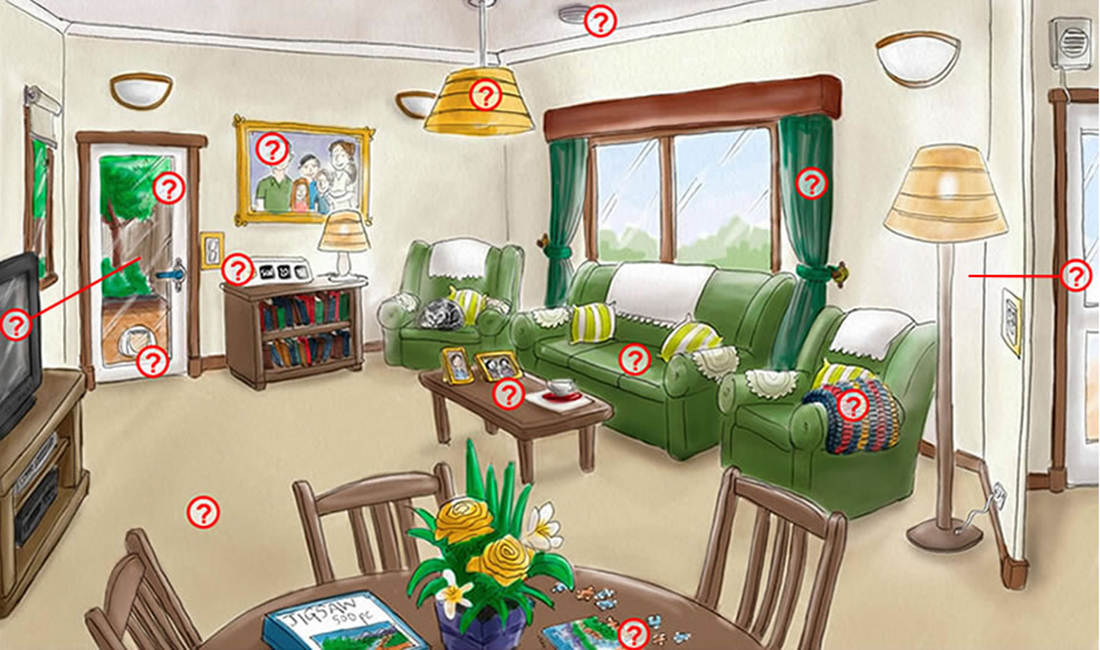




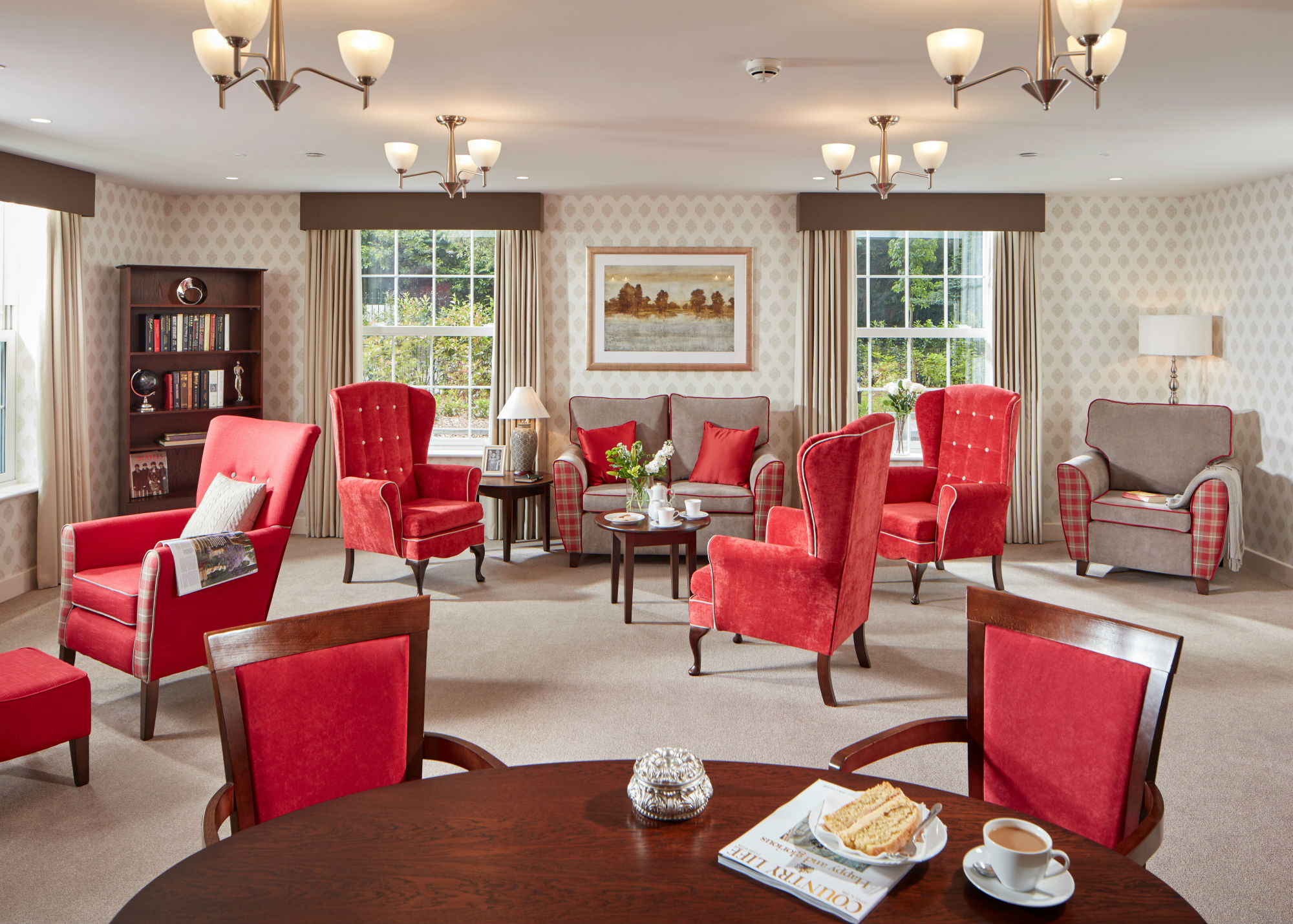
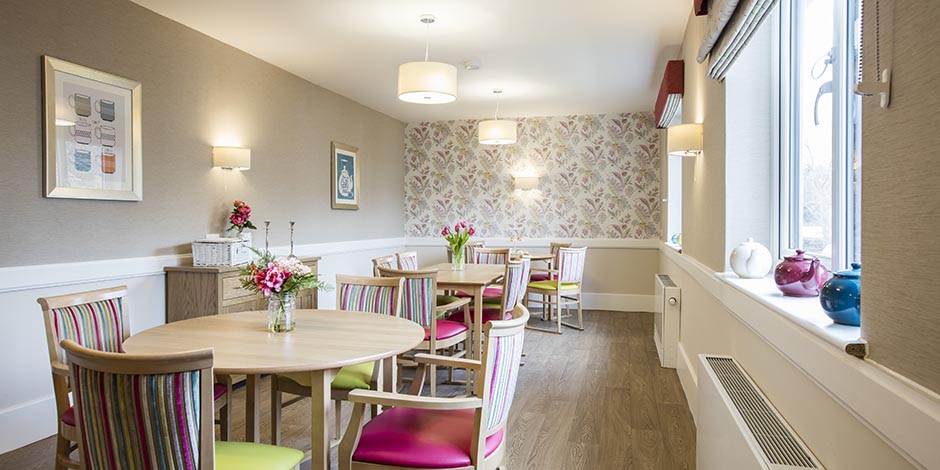













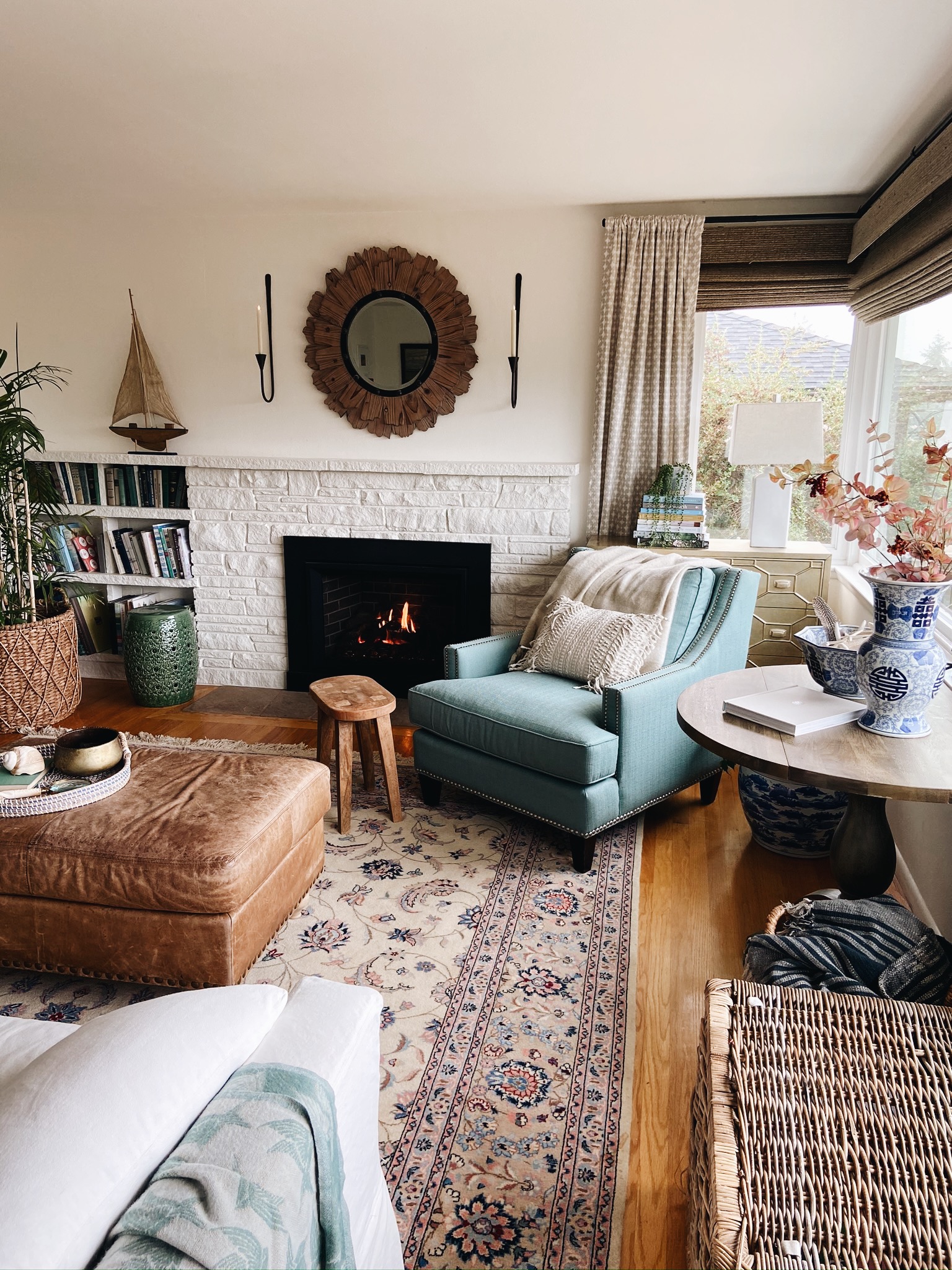

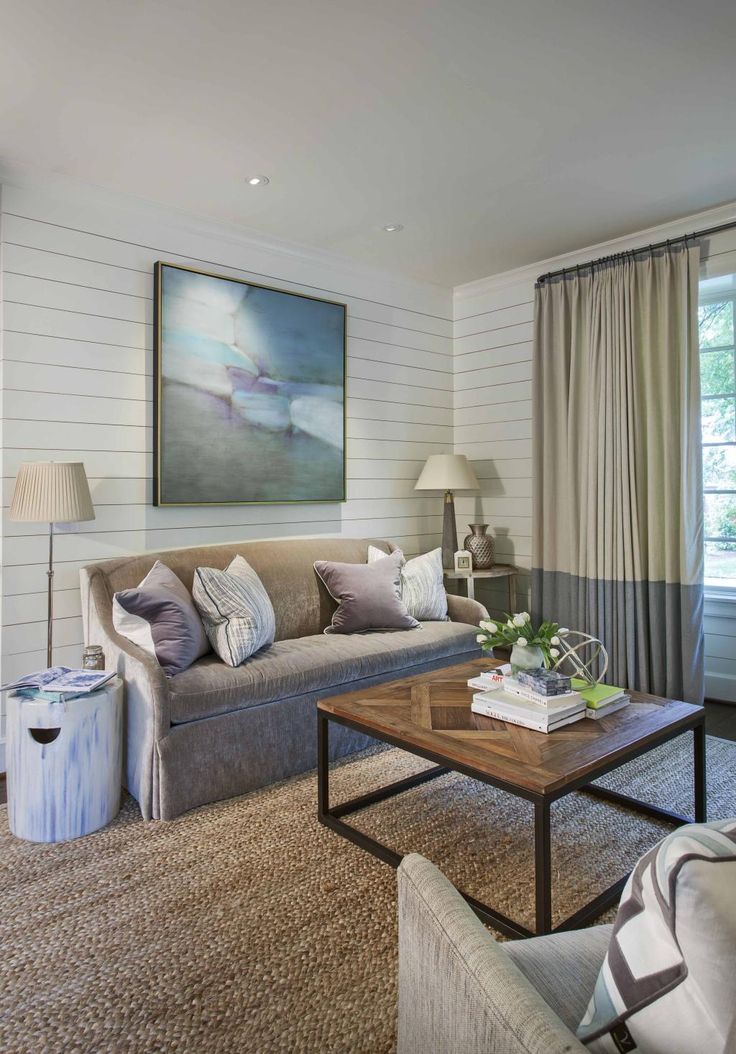
/GettyImages-9261821821-5c69c1b7c9e77c0001675a49.jpg)
